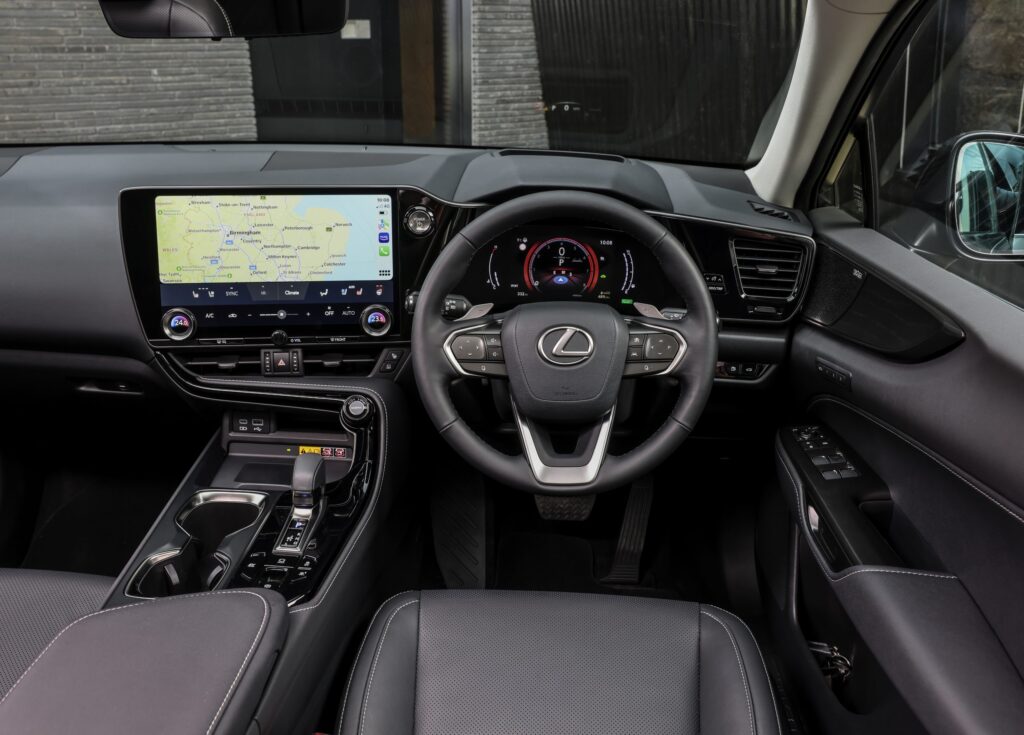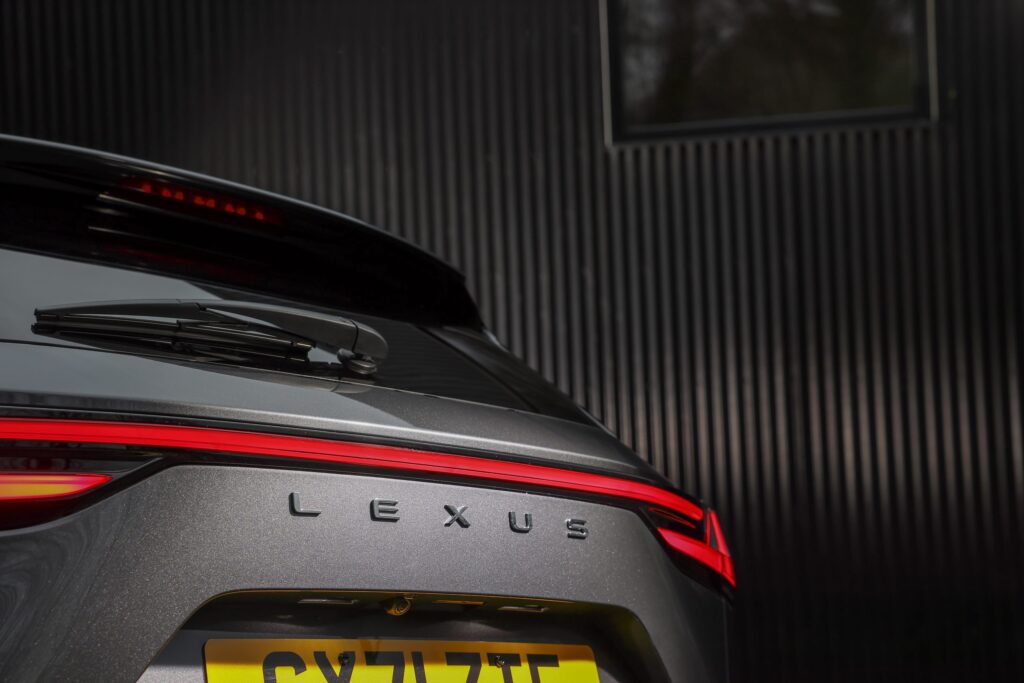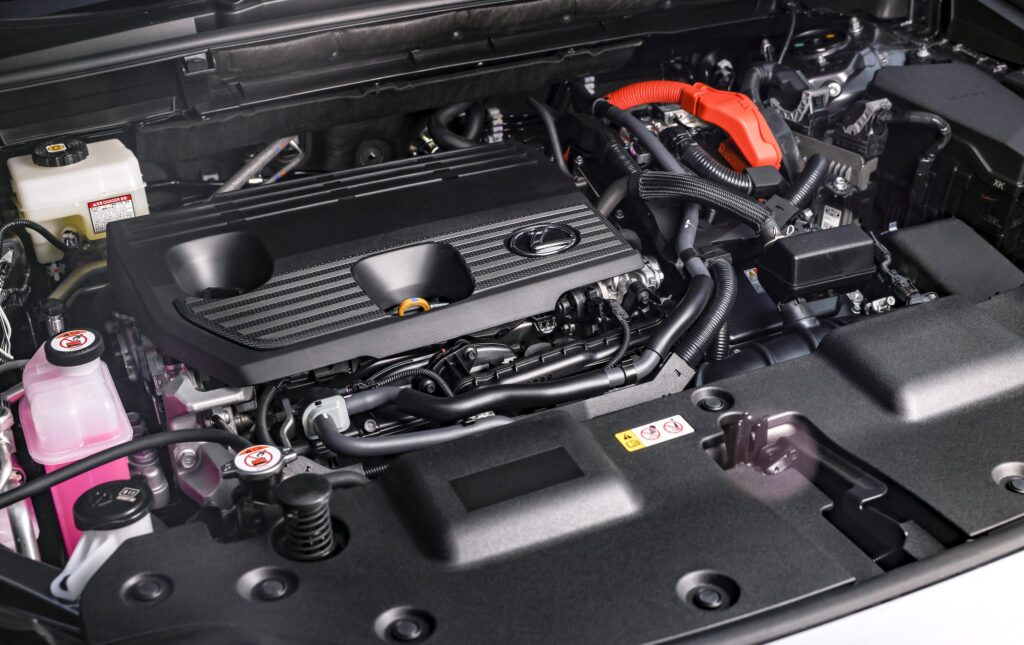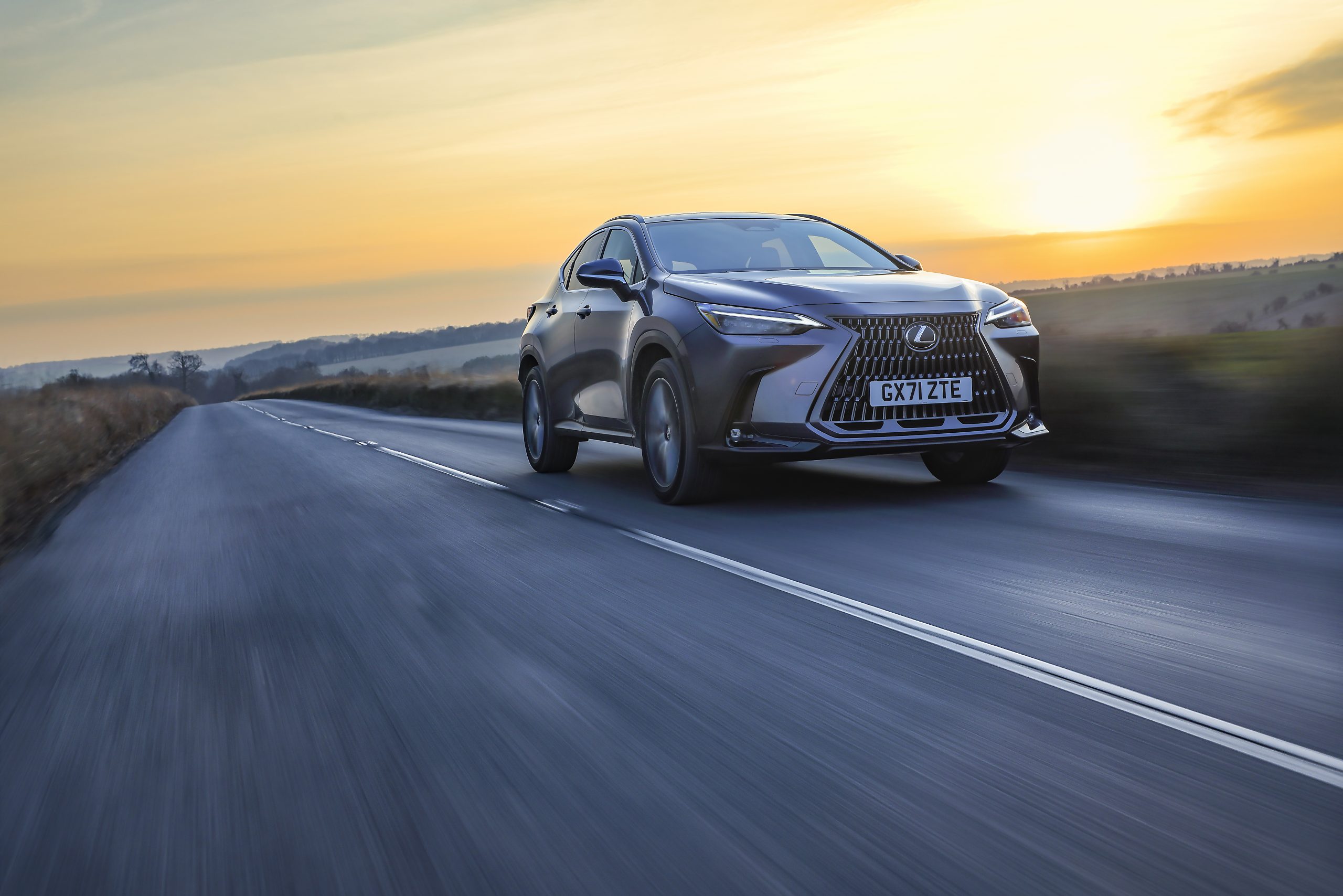In launching the all-new NX, Lexus has done more than deliver a new car – it has brought about a revolution in its approach to vehicle development.
The second generation of Lexuss’ mid-size premium SUV is the first model to be developed using new techniques and strategies, targeting even higher quality and dynamic performance. Chief Engineer Takeaki Kato explains: “Our development scheme was substantially changed for the new NX. We fully incorporated digital, or model-based development, using computers for smarter engineering. This gives us benefits such as being able to detect all inconsistencies when carrying out quality assurance.”
At the same time new digital tools were adopted, physical items were still used to confirm the sensory aspects of the NX – how it looks, feels and sounds to the customer.

The human element has also been given new priority in the development of the NX’s dynamic performance. Professional racing drivers were enlisted to test the NX at Lexus’s Shimoyama proving ground and their feedback was used to refine the car’s responsiveness and handling.
Cost management is another important aspect, with a focus on reducing the cost of existing technology features so the new, advanced technologies can be offered at an affordable price to the customer.
These initiatives will be incorporated for all future Lexus models and will continue to evolve, with stronger collaboration between chief engineers to help progress the next chapter of the Lexus brand.

A genuinely “all-new” vehicle
Even at first glance, it’s easy to recognise the all-new NX as a successor to Lexus’s original mid-size luxury SUV. But while there is a clear visual link between the two models in terms of an evolution in design and styling, they are very different vehicles – in fact, more than 95 per cent of the parts have been newly developed. This approach covers all aspects of the new NX: performance, ride, handling, safety, comfort, connectivity, and more.
The changes extend to every aspect of the vehicle, from powertrain components to a wealth of individual features such as the seats, the steering wheel, the Lexus Link multimedia systems, Lexus Safety System+ functions, the wheels, door mirrors and even the motor that operates the power back door more quickly and quietly. In every instance, the goal has been to deliver a better experience for the customer.
A new platform to deliver the Lexus Driving Signature
Perhaps no new feature is more fundamental to the character and quality of the car than its Lexus Global Architecture K (GA-K) platform. Using this new platform has brought the NX’s centre of gravity down by 20mm and helped achieve a better weight balance between the front and rear of the car. It’s also 30 per cent more rigid than the previous model’s chassis, which is key to agile, stable and responsive handling and stronger protection in an impact.
Furthermore, it is the foundation for securing the Lexus Driving Signature. A defining quality of new Lexus models, this is optimum dynamic response to the use of steering, throttle and brakes that gives the driver confidence and a sense of control and connection with their car at every moment. In addition to the new platform, Lexus has also introduced new braking, steering and suspension systems, co-ordinated and tuned to achieve consistent, seamless performance.

The dynamic quality is also supported by a new approach to the NX’s construction. This uses innovative steels that are both lightweight and exceptionally strong, new laser-based welding technologies, advanced body adhesives and clever reinforcement techniques with weight-saving tailor-welded blanks. The attention to detail even extends to a new twin-latch system to secure the bonnet. Linked by a reinforcement component, these add to the car’s rigidity and suppress vibration when travelling at speed.
Lexus expects the NX’s “brand new” qualities will help it increase its sales and almost double its segment share in Europe. It predicts an increase from 3.6 per cent to six per cent in 2022 in its first full year of sales.











